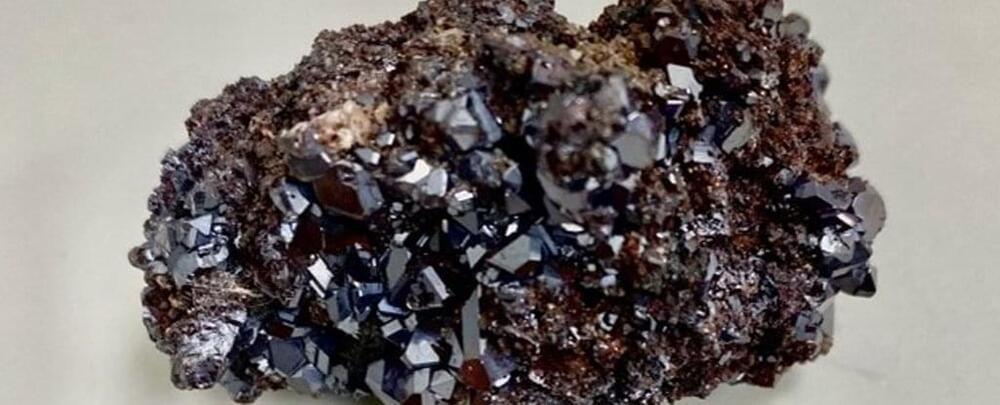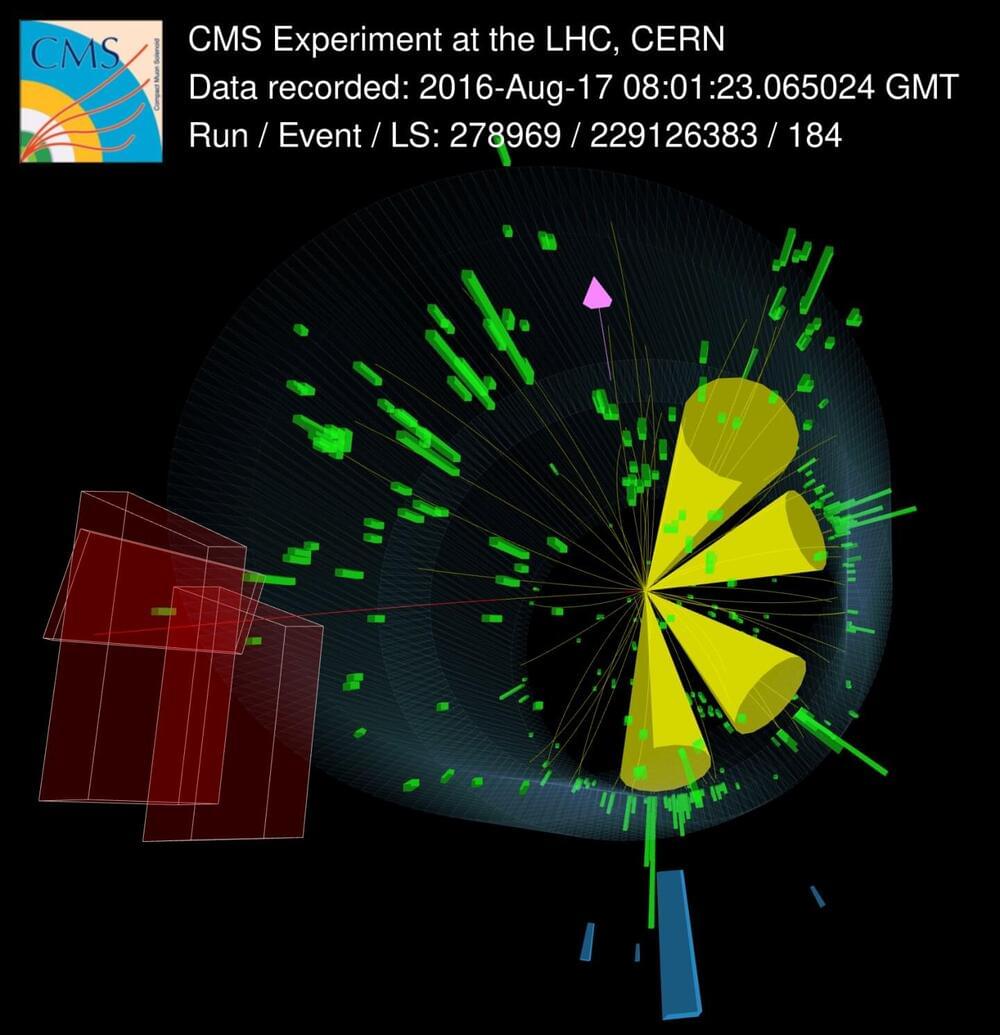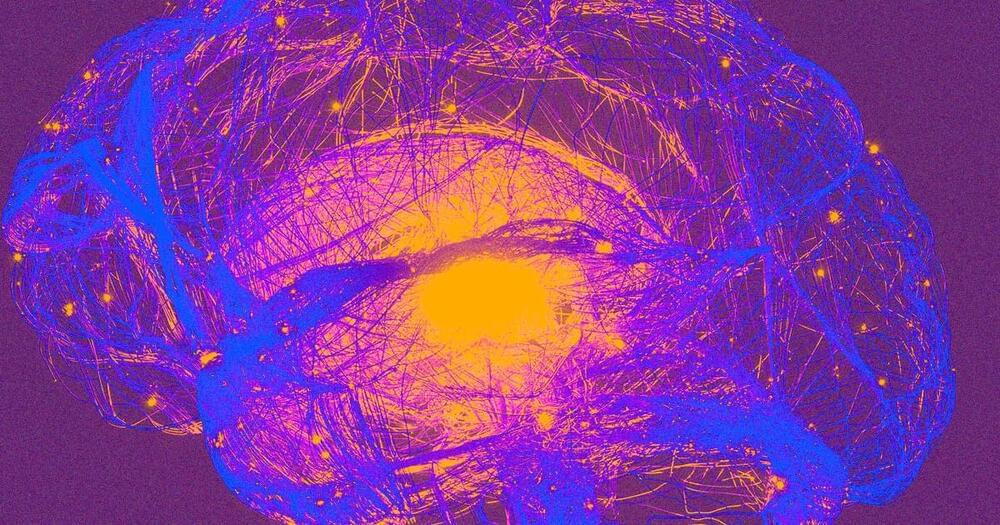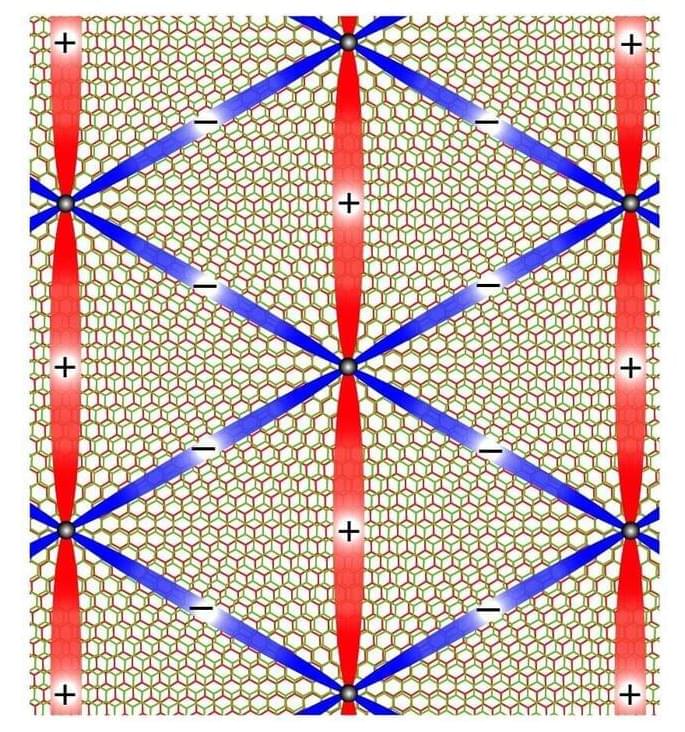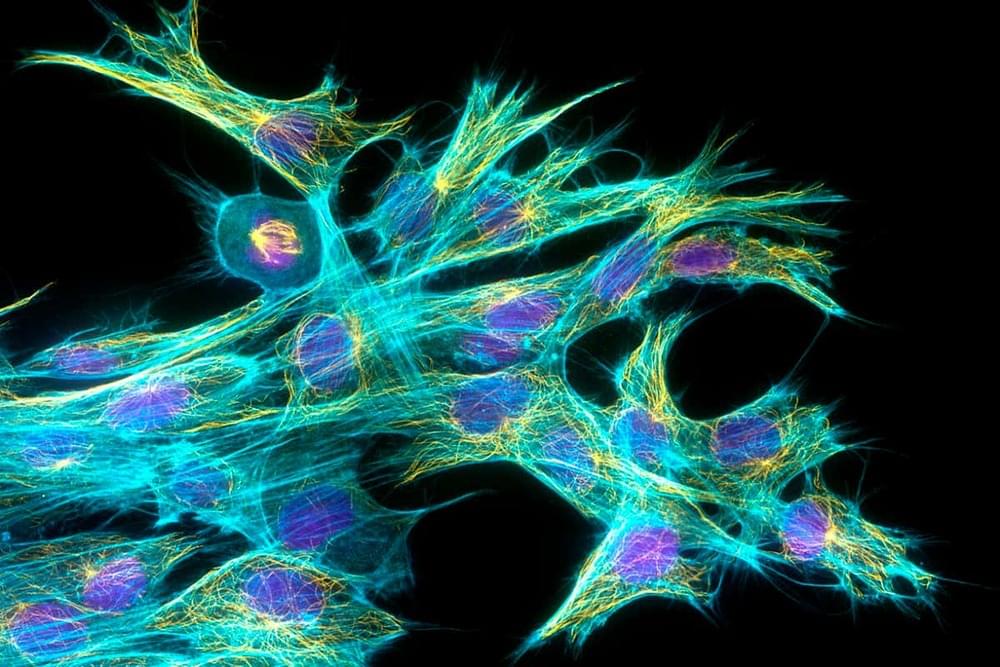Researchers in Beijing have set a new quantum secure direct communication (QSDC) world record of 102.2 km (64 miles), smashing the previous mark of 18 km (11 miles), The Eurasian Times reported. Transmission speeds were extremely slow at 0.54 bits per second, but still good enough for text message and phone call encryption over a distance of 30 km (19 miles), wrote research lead Long Guilu in Nature. The work could eventually lead to hack-proof communication, as any eavesdropping attempt on a quantum line can be instantly detected.
QSDC uses the principal of entanglement to secure networks. Quantum physics dictates that entangled particles are linked, so that if you change the property of one by measuring it, the other will instantly change, too — effectively making hacking impossible. In theory, the particles stay linked even if they’re light-years apart, so such systems should work over great distances.
The same research team set the previous fiber record, and devised a “novel design of physical system with a new protocol” to achieve the longer distance. They simplified it by eliminating the “complicated active compensation subsystem” used in the previous model. “This enables an ultra-low quantum bit error rate (QBER) and the long-term stability against environmental noises.”



